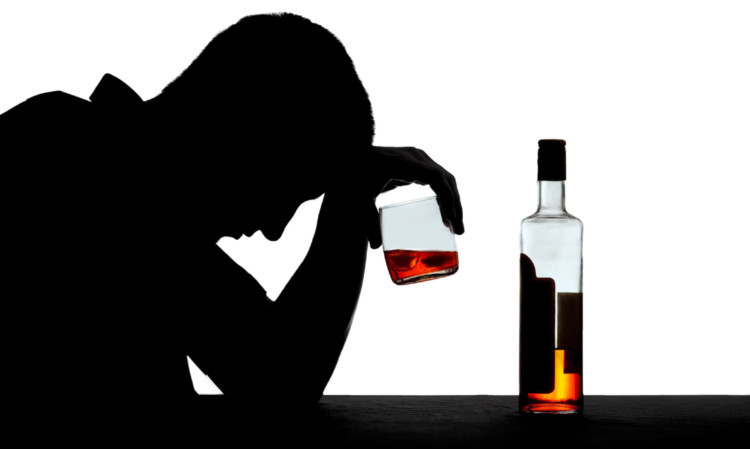As new figures suggest middle-aged drink and drug abuse is putting a strain on the NHS, Jack McKeown finds out why Peter Pan party animals are putting their health at risk.
The sixties was a time when the Baby Boomers enjoyed some wild times. They stayed up too late, they drank too much and some of them got high. Then they set aside these things, built careers, had children and raised them.By and large, they are now enjoying being the first and possibly last generation to retire early, wealthy and healthy.
The nineties was when Generation X enjoyed some wild times. So were the 2000s. And so is this decade . . .
People in their forties are behind a surge of drink and drug-related problems, according to a new study of hospitals in England.
That appears to be mirrored north of the border. According to this year’s report on alcohol-related hospital statistics in Scotland, people aged 35-39 and 40-44 are the groups whose drink problem increased the most from 2010/11 to the following year.
A similar report on drug misuse in Scotland paints those who should be old enough to know better in an even less flattering light. It blames a greater than 10% increase on discharges with diagnosis of drug misuse entirely on older age groups, pointing out that rates actually dropped in younger age groups by as much as 24% in 15-19-year-olds and 23% in 20-24-year-olds.
So it seems that, for once, young people are entitled to cluck their tongues at the depraved behaviour of their elders.
Lucy Denvir is a consultant in public health for drugs and alcohol at NHS Tayside. She said that those who keep partying hard through their twenties and beyond are putting their health at greater risk.
She said: “The 40-50 age bracket is when the longer-term problems of excessive drinking or drug use often start to manifest themselves things like liver failure may be starting.”
She believes there have been cultural changes over the past generation that have affected the kind of people who have drink and drug issues.
She continued: “I think we’re certainly now starting to see an impact from the ‘ladette culture’. This idea women can drink as much as men is definitely an issue.
“I have seen evidence that women in particular are starting to see the longer-term effects of drinking too much. That said, if you look at a breakdown of the statistics, the single biggest factor that affects outcomes is deprivation.
“People living in the least affluent areas still have the poorest life chances.”
Lucy also cautions that statistics should not always be taken at face value, saying that figures showing greater numbers of older people with drug dependencies may actually reflect improved treatment and support.
“That we seem to have more people in their late thirties and forties with drug problems is actually partly down to better management of drug addictions,” she said.
“Survival rates are improving because people are getting better access to programmes to help them manage their addictions.”
Jimmy Shand, 61, is a support worker at Jericho House in Dundee, a purpose-built accommodation block of 12 one-bedroom flats for men with a serious alcohol dependency.
He says he has seen the average age of users rise over the eight years he’s been involved with the centre.
He said: “All 12 rooms are full at the moment and the oldest person was born in 1950, so that would make him 63.
“The youngest guy we’ve got was born in 1986, so he’s 27. I would say most of them are in their forties and fifties.
“Of course, we deal exclusively with alcoholics, but what you find is many of them have problems with abuse of more than one substance.
“Some of them were involved in drugs alongside their alcoholism.”
Jimmy has a theory as to why increasing numbers of older people are being registered with addictions.
“I think we’re only finding out about it now,” he said. “It’s probably always been there but below the surface.
“It’s only now that news organisations like The Courier are beginning to publicise it. The more you do, the bigger the problem you’ll realise we’ve got.”
